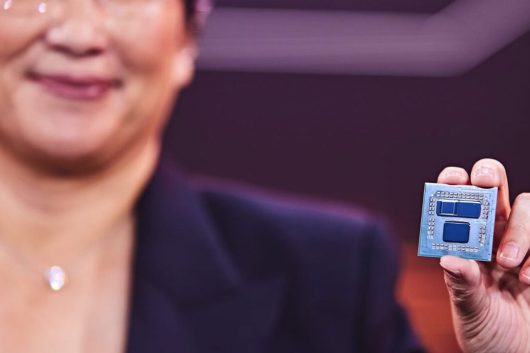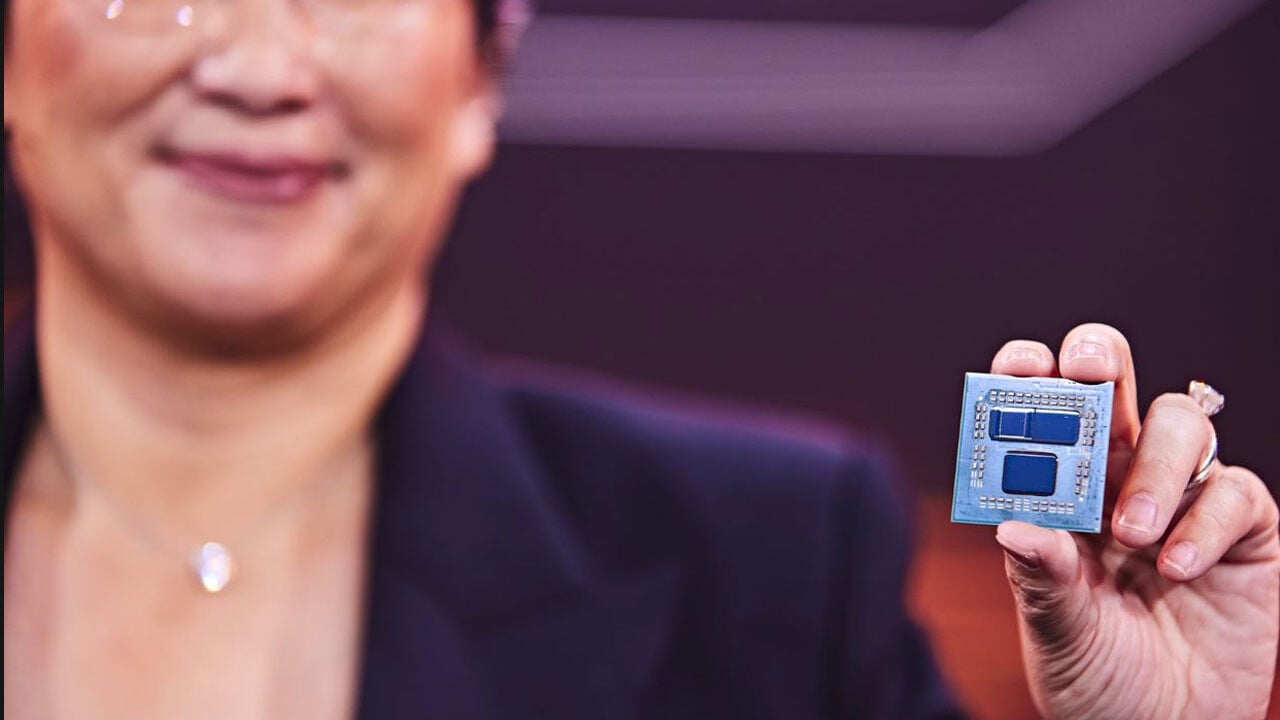

# AMD Clinches PlayStation 6 Chip Deal Following Fierce Rivalry
In the realm of gaming, legendary confrontations often play out on-screen, from the magnificent battles in *The Lord of the Rings* to the thrilling shootouts in *Halo 2*. However, another type of contest has been taking shape behind closed doors since 2022: the intense rivalry among tech titans vying for the contract to design and manufacture the chip for Sony’s forthcoming PlayStation 6 console. As reported by *Reuters*, AMD has triumphed, surpassing robust competition from Intel and Broadcom.
This contract is poised to generate billions in revenue, establishing it as one of the most profitable agreements in the semiconductor sector. For Sony, the choice extended beyond merely opting for the most powerful or cost-efficient chip; it was also about ensuring that the PlayStation 6 meets gamer expectations globally, especially regarding backward compatibility.
## AMD’s Key Advantage: Backward Compatibility
Sony’s decision to continue its partnership with AMD for the PlayStation 6 was significantly prompted by the necessity for backward compatibility, a feature rising in importance within the gaming community. Backward compatibility enables players to access titles from older console generations on newer systems, safeguarding their game collections and boosting the overall worth of the console.
AMD boasts a commendable history in this sphere, having created the custom system-on-a-chip (SoC) for both the PlayStation 5 and the anticipated PS5 Pro. Transitioning to a different chip supplier, like Intel, could have posed major obstacles in maintaining backward compatibility. Per *Reuters*, Sony engineers and executives deliberated this matter thoroughly with Intel, yet the anticipated expenses and engineering efforts required to ensure interoperability with previous PlayStation games were considered prohibitively high.
“Guaranteeing backward compatibility with previous PlayStation versions would have been expensive and necessitated extensive engineering resources,” the report noted. “Facilitating gameplay for PlayStation users on older systems is a feature Sony routinely incorporates in its next-generation consoles.”
This emphasis on backward compatibility likely gave AMD a considerable advantage in the bidding process, as the company already possesses significant experience with Sony’s architecture, enabling smoother integration of older games on the PlayStation 6.
## The Rivals: Intel and Broadcom
Although AMD ultimately secured the contract, the competition was intense. Intel, a revered name in the semiconductor domain, reportedly engaged in several high-profile discussions with Sony in 2022. These discussions featured not only the companies’ CEOs but also a multitude of engineers and executives. However, according to the *Reuters* report, the two organizations faced difficulties reaching an agreement on a suitable profit margin for the chips Intel would manufacture.
An Intel spokesperson addressed the report, asserting, “We fundamentally disagree with this characterization but will refrain from commenting on current or potential client discussions. Our customer pipeline is robust across both our product and foundry divisions, and we are fully committed to innovating to meet their requirements.”
Broadcom, another contender in the race, has yet to issue a detailed statement regarding the decision. Although Broadcom is a significant presence in the semiconductor market, its focus has historically leaned more towards networking and communications chips rather than gaming consoles, potentially putting it at a disadvantage relative to AMD and Intel.
## The Financial Stakes
The financial ramifications of this contract are substantial. The PlayStation 5 has already surpassed 40 million units sold globally, and expectations for the PlayStation 6 are high when it launches, anticipated around 2028. The custom SoC that will power the PlayStation 6 is expected to be central to the console’s performance and capabilities. Securing this contract not only ensures a significant revenue influx for AMD but also reinforces its status as a major player in the gaming market.
For Sony, choosing to stay with AMD likely brings a sense of continuity and reliability. AMD’s chips have propelled the PlayStation 4, PlayStation 5, and now the PlayStation 6, allowing Sony to build on a recognized architecture while mitigating the potential risks and complications associated with switching to a new chip supplier.
## What Lies Ahead for the PlayStation 6?
While specifics regarding the PlayStation 6 remain limited, recent news indicates that the console will not be prepared until around 2028. This timeline affords AMD and Sony adequate opportunity to refine the hardware and confirm that the PlayStation 6 will stand as a formidable successor to the PlayStation 5.
One of AMD’s primary challenges will be achieving a balance between performance and power efficiency. With games becoming increasingly demanding in graphics, the necessity for powerful chips capable of handling 4K (and potentially 8K) gaming at high frame rates will grow. Simultaneously, energy efficiency will be vital, as both gamers and regulators become more aware of the environmental consequences associated with high-power electronics.
Another area of emphasis may include integration with cloud gaming and streaming.
No Comments
To comment you need to be logged in!